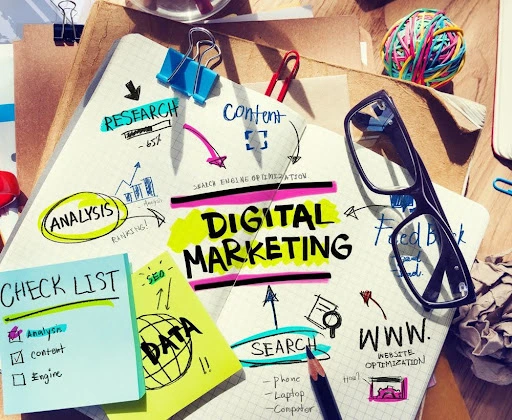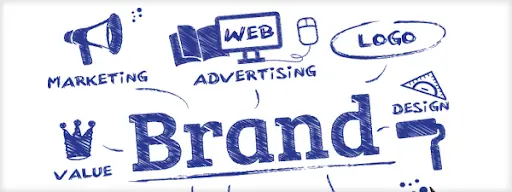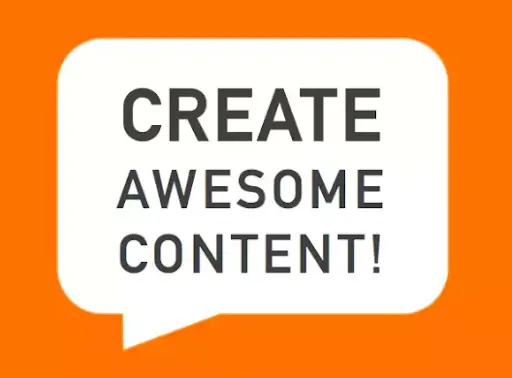
Whether you are just starting up or have reached the point of maintaining a well-established customer base, you will turn towards an e-commerce website at some point during your entrepreneurship venture. Structuring and finally launching an e-commerce website is a milestone achievement for your brand management. Therefore, investing in its basic structure and marketing is crucial. Both of the aforementioned come more with experience than knowledge, but as a heads up, we have listed below the top 10 essential e-commerce marketing strategies for an e-commerce website.
1. Produce Original Content
The first step in setting up an e-commerce website is creating content for it. You must start investing in marketing only once you have high-quality, original content. With the advent of Adobe Photoshop and numerous other photo editing tools, copying and re-engineering visual content has become a matter of minutes. However, all such altered duplicated ideas can be traced back to the original. And when they are, it creates an unimpressive image of the brand.
The same goes for textual content. Be creative. Be original.
Original content is a great way of making a statement, striking a compelling idea, and making a mark on the user’s mind. All of these can be the fine line between you and conversions. Why not take the step, put in a little effort, and erase it?
Give a Face to Your Business
The trends are rapidly changing. People don’t want to shop or communicate with a faceless ecommerce website lackluster in a specific aura or memorable tone. The idea takes root in marketing your company with a face or two. This could be your first step towards personalization.
Take it forward by addressing your prospects with names, sharing videos and pictures of your employees, and opening up about the manufacturing processes of manufacture of your products. All of this will add to the overall ‘face of the business’ and will hopefully make its way to the hearts of your customers.
2. Content Marketing
Nothing will get your brand and ecommerce website the kind of attention you may expect to receive with good content marketing. Content marketing is currently overruling all other forms of marketing. And it all begins with the creation of original content.
Make a list of all sorts of content you wish to create, blog posts, videos, newsletters, etc. Hire full-time, well-versed professionals for the jobs and get them to work as soon as possible. Create content based on the 80/20 rule, i.e., 80% informational content and 20% purely promotional content. The informational content, too, must have some resemblance to the products you are selling.
Once you are on the track to effective bulk content creation, you will now bump into the other types of marketing.
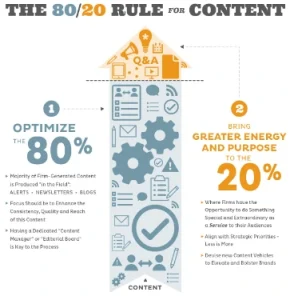
3. Social Media Marketing
Social media marketing can sometimes take longer than one expects. You may take time to figure out which social media marketing platforms are most suited to your product characteristics and what kind of content works best for each platform. Well, results and conclusions come only with time and trials.
Diversify your platforms, but maintain the same content tone across all of them. Communicate with your target audience through all platforms and see which generates the most responses. Initially, you can spread your content across as many platforms as you like for trial purposes. But gradually, begin to narrow down to the four best, tops.
Use the social media analytics tools frequently and measure the success of your campaigns regularly to gauge their effectiveness.
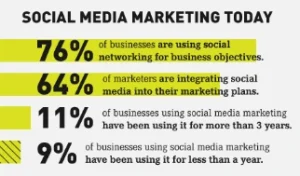
4. Email Marketing
People might argue that email marketing is old school. But it’s still the bedrock for e-commerce marketing. Consumers are mostly always welcoming of emails, even if they are simple advertisements. But you must respect their time and inbox space.
Plan and make something out of your email marketing rather than just sending emails into the void and getting requests to unsubscribe from your customers. Remember to never spam! Also, create precise and witty emails that are also visually engaging.
Make mobile-friendly emails and always send out a test copy to yourself or another pair of eyes that can point out last-minute errors. Keep your email lists updated and maintain the same ‘face of business’ we mentioned earlier in emails as well.

5. Search Engine Optimization
The most basic of websites have no hope of being visible to their audience without search engine optimization, let alone an e-commerce website, which aims to convert highly. With so many websites created each day, search engine optimization has become a necessity for each well-built e-commerce website that can afford it.
The baby step towards SEO is keyword research. With the help of keyword research tools and a little spying on your competitors, you can easily work out the keywords that your target audience is likely to search for. Design a couple of campaigns around these keywords, run a couple of web analytics tools, and you will come to know the keywords right for your business.
Optimize your web pages with these keywords, make the required fixes, and soon you will be appearing at a reputable position in Google’s search engine rankings.
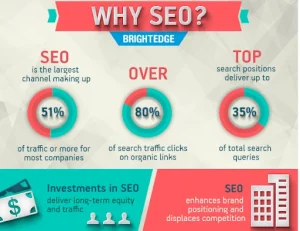
6. Pay-Per-Click Marketing
There are three basic elements to any pay-per-click marketing campaign: the ad, the offer, and the landing page.
All three must be in good harmony and synchronization if you want to maintain the interest of the lead. The landing page must be a continuation of your ad, delivering what was promised as the reward of clicking on the ad, and taking the visitor further down the conversion funnel. It must also be customized for keywords to appear somewhere near the top of search engine results.
Keep the landing page free of distractions and unnecessary bells and whistles. Also, a well-designed landing page is the most appropriate place to showcase your product benefits to the customer.
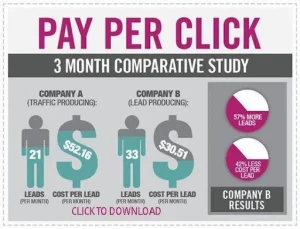
7. Optimize and Market for Mobiles
This certainly does not mean adding another line to your list of milestones: mobile application. Mobile application is undoubtedly a progression in the process of brand management, but people nowadays ask for mobile responsiveness. They do not want to switch to a mobile version of the site or install an app. Make the e-commerce website fluid and responsive to the size and resolution of various mobile devices.
When you add mobile marketing to your strategy, it means you may now target users using their locations. You can suggest that they visit your nearest outlet while they wait for a train by the pavement.
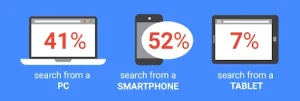
8. Target Wearable and VR Technology
Targeting wearable and VR technology means grabbing the attention of the cream of the crop. You must have made a name in the industry before you can invest in this. This is the small part of your target audience that carries the latest technology in the palm of their hands at all times.
The interfaces and structuring of ads and pop-ups on wearable and VR technology work differently from what you may have tried so far. So, your brand needs to adapt fast if it fears falling behind.

9. Launch Stores on Multiple Platforms
Much like social media platforms, settling for one e-store may not be a good idea. Why deprive yourself of revenue from so many platforms when you can go the extra mile and manage multiple e-stores?
Set up e-stores on Facebook, eBay, Amazon, Etsy, etc., and after speculation, narrow down the number to two.
10. Retargeting
So far, we have talked about marketing and targeting. Not to forget, retargeting is an equally lucrative investment for e-commerce businesses. Oftentimes, retargeting works better than targeting, because it calls upon customers who were once interested in purchasing from you.
Retargeted customers know your business ethics, delivery commitments, product quality, and familiarity with the e-commerce website. They are certainly more likely to convert than brand-new prospects.
Tap into the retargeting options offered by Facebook, Google, and the like, and never miss a single visitor that could have been converted to a customer.

(Photo credits: Shutterstock)

